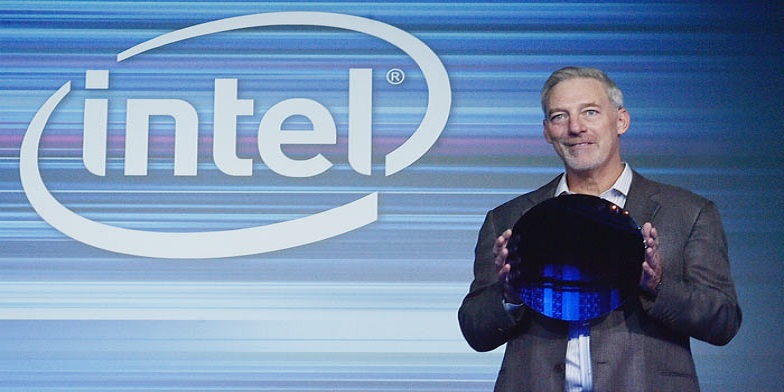GloFo calls Intel 10nm a pretty weak ‘half-node’ compared to 7nm

Intel has been accusing its competing manufacturer GlobalFoundries’ process nodes of lacking density. Well, GloFo has now hit back by calling Intel 10nm process “pretty weak node.” The company claims their new 7nm node – designed specifically for AMD’s next generation products – brings a significant improvement over the previous generation.
GlobalFoundries: Intel 10nm process is a “pretty weak node,” May not have a lot of performance gain
GlobalFoundries is the long-standing wafer partner of AMD, producing most of team red’s computing and graphical chips. The foundry provides AMD with the 14nm node to be used within their existing Polaris and Vega architectures, and are also producing the 12nm chips for the upcoming Ryzen Gen 2 desktop processors.
Moving forward, GlobalFoundries have skipped the potential 10nm process as they head straight to 7nm. This next generation node will be making its way to AMD’s future Vega GPU and Zen 2 CPU core designs – although one of the product lines will be opting for TSMC’s rival 7nm node instead.
READ ALSO: AMD Ryzen 5 2600 Geekbench shows ~15% Boost Over Last Gen
GlobalFoundries CTO, Gary Patton, recently told AnandTech in an interview that they’ve intentionally skipped 10nm as it’s more of a ‘half-node’ that may not bring a great deal of improvement. Patton said:
You saw 20nm ended up being a very weak node. It was the end of the road on planar transistors and as a result, you were basically fighting electrostatics. It didn’t have a lot of performance gain, and it didn’t have a lot of density.
The same thing has happened with 10nm – I mean if you look at the scaling and the performance, it is a pretty weak node. We want to focus on nodes that will give a very strong value proposition, so we are focusing very hard on 7nm, and making sure for customers jumping from 14nm to 7nm that we are giving them a really significant improvement.

Now, we know Intel have been working on 10nm for quite some time. Back in March of last year, Chipzilla also released an editorial piece, titled “Let’s Clear Up the Node Naming Mess,” in which it criticized companies like GloFo for offering minimal to no density increase compared to the previous node. In response, Patton says:
Our customers know the difference – they get our design kit, they can layout circuits, they know how dense we are. There’s no confusion about what our node is.

In fact, there is another indication, from within the company itself, that Intel 10nm tech may actually be lagging behind the many 7nm nodes from competitors, including Samsung, TSMC, and GlobalFoundries. At the International Solid State Circuits Conference (ISSCC), an Intel engineer was quoted saying “within 15 percent of the smallest reported 7nm cell” in reference to how far behind they are in the competition.
It’s no more secret that Intel have been struggling to materialize their 10nm node into any actual product. The first iteration of 10nm Cannon Lake was originally planned for early 2017, and while Intel did supposedly roll out the processors before the end of the year, they are almost non-existent.
If you might recall, we’ve also spotted a graphics-less Cannon Lake processor out in the wild, which could be indicative to low yields of Intel 10nm node.
Back to GlobalFoundries, the company expects to mass produce their first 7nm chips towards the end of 2018 and into the beginning of 2019. This is the same time frame when AMD is rumored to launch their 7nm Vega — the first product to use the denser node, potentially be followed by Zen 2 processors and Navi GPU architecture.